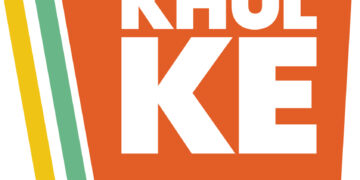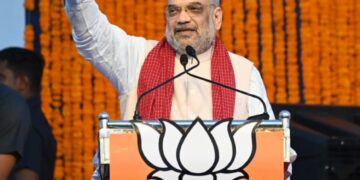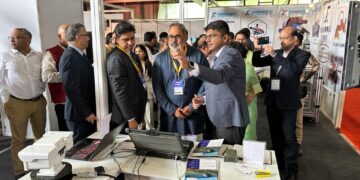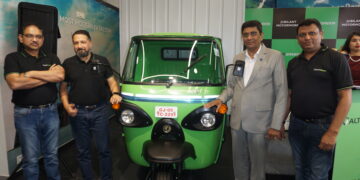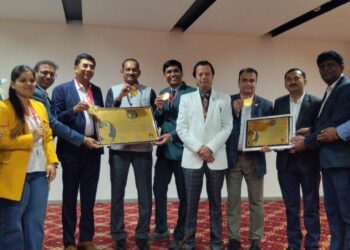TomTom (TOM2), the geolocation technology specialist, today releasedthe11th edition of its annualTomTom Traffic Index, a report detailing traffic trends seen in404 cities in 58 countries, throughout 2021. Indian cities Mumbai, Bengaluru, New Delhi and Pune ranked 5th , 10th , 11th and 21st respectively.
After an exceptional year in 2020, travel last year was still strongly influenced by the effects of the health crisis. With countries taking ad-hoc measures to limit the spread of COVID-19, the world has been moving at the pace of the pandemic and the rise of itsvariants.
2021 was the year where changes in our working habits were solidified: the home office is becoming a standard for many companies; teleconferences have replaced physical meetings and flexible work hours allow many commuters to avoid and offset their rush hours. As a consequence, peak hours have shifted in almost 40% of the cities worldwide.
Traffic in 2021 was lower than 2019, which can be used as the baseline of pre-COVID times. In the 4 monitored cities in India, congestion was on average 23% lower vs. 2019, with a decrease of 31% specifically at peak hours.
| City | Ranking 2021 | Congestion level | Morning congestion rush hour | Evening congestion rush hour |
| Mumbai | 5 | – 18% | – 29% | – 23% |
| Bengaluru | 10 | – 32% | – 49% | – 37% |
| New Delhi | 11 | – 14% | – 26% | – 18% |
| Pune | 21 | – 29% | – 46% | – 37% |
During the pandemic, new mobility usages have gained popularity, e-scooter and bicycle use is increasing, supported by cycle lanes in many cities. However, while micromobilitycan supportinner-city mobility, most traffic pain points stem from interurban movement. In the context of the pandemic, public transit lost much of its attractiveness as travellers favoured their private cars, seen as a safer way to maintain social distancing.
While congestion levels in India have decreased, both civic bodies and masses have encouraged the adoption of Electric Vehicles.In fact, as part of its commitment towards using more sustainable energy, the Government of India’s EV policy has received a boost of Rs 2,908.28 crore in the 2022 Union Budget.
Speaking about the report, Sachin Tyagi, Strategic Automotive Business Development Manager, TomTom said, “At the heart of our location intelligence is the map. We work with big data and optimize our maps with artificial intelligence and machine learning. The real-time traffic information we collect to understand congestion patterns indicates that mobility options are rapidly changing as a part of the adaptable lifestyles resulting from the pandemic. While the congestion levels are lower as compared to pre-Covid times, it is mostly because of demand for ecommerce and changes in work patterns in Indian cities.”
He further said, “We believe that policymakers need to be cognisant of the positive change, and implement holistic norms aimed at bettering road infrastructure. This will further take down congestion levels, and promote alternative sustainable transport modes, which could improve emission levels too. Adoption of better technology that utilises real-time data, bold investments and fearless policy decisions are the key to the transformation.”
Making traffic information more readily available both to drivers and traffic authorities can help pinpoint traffic congestion bottlenecks in real time and better manage congestion. TomTom’s navigation software knows the traffic ahead and provides enhanced route calculations and accurate estimated times of arrival (ETA) – saving time and fuel for drivers, logistics providers, on-demand services (ride hailing, food delivery).
Change behaviours and traffic patterns can make a significant difference. Congestion is non-linear: once traffic goes beyond a certain threshold, congestion increases exponentially. Discouraging drivers to drive during peak rush hour can lead to big improvements, as proven during the pandemic.
Find out more about the TomTom Traffic Index, and discover where their home city ranks at tomtom.com/TrafficIndex.



